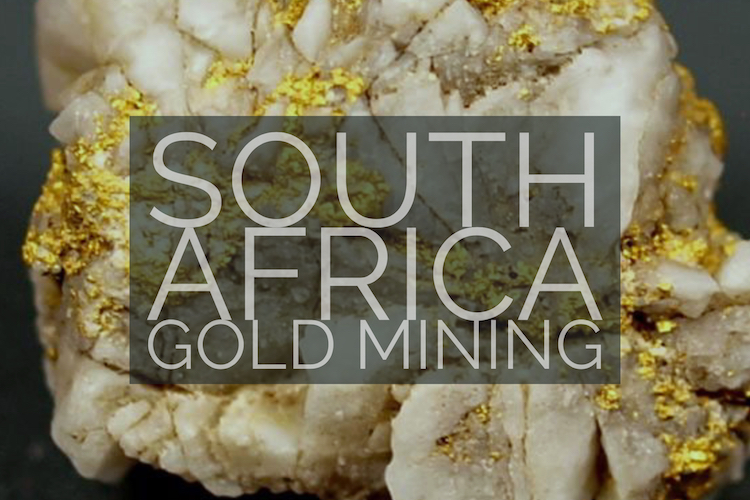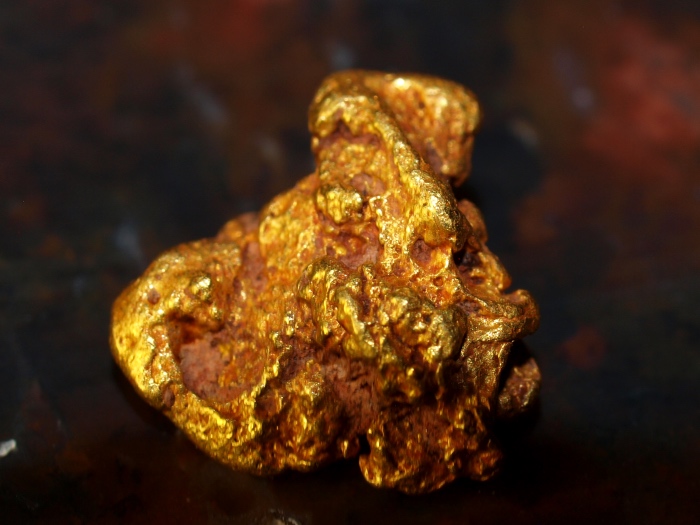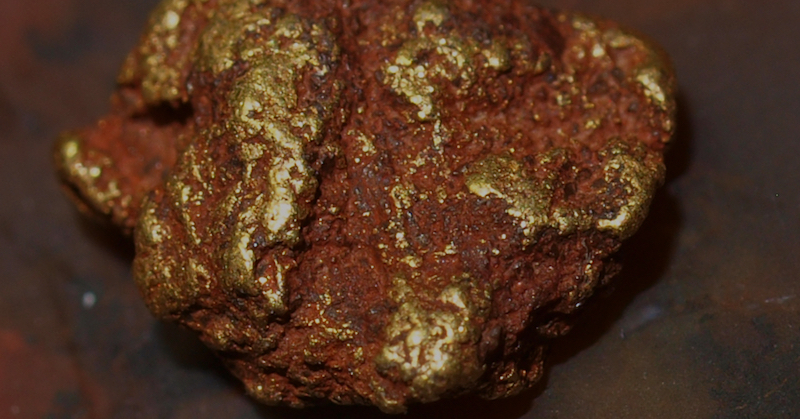
Gold in South Africa was first discovered in the late 19th century by two prospectors in a place called Witwatersrand, which triggered the 1886 Witwatersrand Gold Rush. This gold discovery was a turning point in the history of South Africa. It led to the change of the country from a principally agricultural society to grow into the world’s largest producer of gold.
This played a significant part in the development of the early Republic of South Africa. Gold mining in South Africa rapidly became the largest and most important part of the country’s economy and it is still a major contributor to its economy.
South Africa was the largest producer of gold for several years before being overtaken by China in 2007. Currently, South Africa is estimated to have the largest amount of gold ore reserves in the world, representing about 40 percent of global gold reserves. However, the leading position in the production of gold has been maintained by China.
The Witwatersrand Basin
The main area of gold production in South Africa is the Archaean Witwatersrand Basin, which has been mined for over a century, producing gold of over 41,000 tons. The gold deposits that are mined here are unlike most other deposits of gold around the world. The Witwatersrand is a gold placer deposit, with the gold being hosted by grits and conglomerates.
There is a massive sedimentary basin that stretches through a long arc of many miles across the North West, Gauteng, and Free State Provinces. The reefs or conglomerates that bear gold are usually tabular and have varying dips. Outside the Witwatersrand, South Africa also has other minor regions of gold production in the form of greenstone belts. Kraaipan Greenstone Belt and Barberton Greenstone Belt are the main greenstone belts that produce gold. There are other smaller belts found in the Northern Province, even though they have but been worked on infrequently.
South Africa hosts most of the world’s deepest gold mines in the world. It is also home to two of the world’s top 10 largest mines. South Deep mine, situated south-west of Johannesburg, is one of South Africa’s largest gold mines and is the second largest in the world. The gold reserves of the mine are estimated to be more than 80 million oz. Moreover, it is the seventh deepest gold mine in the world. Mponeng gold mine, located in Gauteng province in South Africa, is the world’s tenth largest gold mine and presently the deepest gold mine globally from ground level.
Gold mining in South Africa is usually done using methods such as sluicing, panning, hard rock mining, by-product mining, and dredging. The most effective gold mining method used in South Africa is hard rock mining. This is because gold reserves are characteristically fully covered in rock quite deep underground. The development of industrial air quality control and air cooling systems has helped gold mines reach extraordinary depths and extreme temperatures.
Declining Gold Production
The gold sector in South Africa started to decline in the early 21st century when the gold mines started to go deeper for the rich reef patches to be found. After years of gold mining, it became necessary for gold miners to go deeper underground to reach the gold, what came to be referred to as deep-level mining. This made the development of a mine to be very expensive, hazardous and challenging.
At the same time, there had been a significant drop in the gold price in the past few years as the global economy slowly continues to recover. Even though the global financial crisis has reduced in most countries, the effects it had on the mining industry of South Africa have been weighty and lasting since an improving economy generally surprises the gold price.
The gold mining industry in South Africa is among the largest in the world and has had a huge impact on the environment, the social structure, and the economy of the country. Its environmental impact includes air, noise, and water pollution. One of the main effects that gold mining in South Africa has had on the environment is the loss of biodiversity due to the transformation in the ecosystems and natural habitats.

Impact of Mining on South Africa
Employment opportunities in the South African gold sector have continued to drop over the years with fewer workers presently being employed. In spite of this, activities in the gold mining sector are still a major contributor to employment in several communities around South Africa, with each employee supporting more than five other dependants. Each direct job in the gold mining sector leads to other two indirect jobs being generated somewhere else with the services and goods required by the mines to run successfully.
Apart from the thousands of jobs that gold mining in South Africa has created, it has also accounted for a lot of money in foreign currency earnings. It continues to contribute greatly to the nation’s economy and the development of the country’s infrastructure. New gold mines continue to open in South Africa, adding to the notion that gold mining in South Africa continues to be a feasible and productive industry.
Gold is the leading mineral earner of foreign income in South Africa with a contribution of 27.4 percent in mineral revenues. 56 percent of the country’s mine labor force is also represented by the gold industry.

The future of South Africa’s gold mining industry is dependent on increased productivity. Since South Africa is one of the largest producers of gold in the world, it is more susceptible to slumps in gold price than most other countries since its deep level mines produce high costs.
The production costs in the gold mines of South Africa are the highest in the industry. The country has recently been influenced by a drop in prices of gold as well as a struggle with the strong rand. Major new projects, new methods used in the organization of work, new technology, commercial innovations, and better labor relations are starting to reshape the country’s gold mining industry.
Next: 9 African Countries with the Richest Gold Mines
